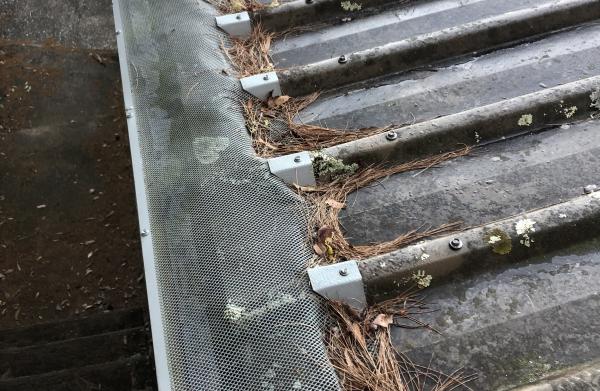By Jess Baker
As temperatures across the Southern Downs and Granite Belt continue to drop, residents are being urged to ensure they have proper fire safety measures in place.
Minister for Fire and Emergency Services Mark Ryan said Queensland Fire and Emergency Services crews responded to more than 2600 house fires over the last five winters.
“Winter is the peak season for house fires, with firefighters responding to an average of 40 incidents per week,” Mr Ryan said.
“House fires move fast and can happen to anyone, in any type of home.
“Don’t be complacent and think it won’t happen to you – the reality is most fires are caused by everyday items such as cooking equipment, faulty or poorly maintained appliances, and flammable materials placed too close to heat sources.”
Stanthorpe resident and rural firefighter for nearly 50 years James Massey knows the danger of fire more than most, having lost his own home to a slow combustion stove incident in 1991.
“Our son got up, put wood on the fire, and closed the door,” Mr Massey said.
“Everybody does washing with cold water nowadays … (and) everyone used to hang tea towels on the front of their stove.
“So what happened was, in August, there were strong westerly winds and the heat of the stove was drawing really, really well.
“The tea towel became very hot and caught on fire, dropped on the floor which was lino, and then the house burned down.
“Thank god our 20-year-old son got out of the house.”
Mr Massey said he was at a friend’s place for dinner at the time with two of his other sons. He found his wedding ring in the debris one week after the fire.
“That’s why having things that aren’t combustible around your house, or in your house close to fire, is really important,” he said.
He said it’s crucial that people take the time to clear their gutters and any shrubbery around their homes, as the most likely way a house will catch fire – particularly under wind-driven conditions – is from embers.
A simple way to reduce the risk of gutter debris catching on fire and spreading to the rest of the house is to install a mesh shield like Leaf Stopper that will cover gutters and roof valleys, keeping out leaves and debris.
Mr Massey also suggested that people fill their gutters with water to reduce the risk of fire embers causing damage.
“If you get a long sock and put a tennis ball in it, you can just stick it in the downpipe of the gutter and you can flood your gutters with water,” he said.
“And that way you will stop any embers catching fire on anything in the gutter.”
People with slow combustion stoves should also be certain they are shutting them down properly at night time, and that there are no combustible items nearby.
QFES Commissioner Greg Leach said that while most Queenslanders are aware of the risks associated with house fires, research indicates that one in three families do not feel prepared for the event of them.
“Creating and practising a fire escape plan takes less than five minutes and is a simple, practical way to ensure your family knows what to do in the event of a house fire,” Mr Leach said.
“Young children and the elderly are the most at risk, so it’s especially important to consider how they will escape safely. For instance, young children can’t escape a burning house without you, so who is getting the baby or toddler?
“Make it a priority this winter to draw up an escape plan with multiple exits based on the location of the fire and practice it regularly with your family.”
Commissioner Leach said that in addition to practicing fire escape plans, residents should install interconnected, photoelectric smoke alarms as they are the safest option available.
“I also remind everyone that the next stage of Queensland’s nation-leading 2017 smoke alarm laws will commence on 1 January 2022, and apply to residential rental properties and residential property sales,” he said.
The new legislation states that all domestic Queensland dwellings will be required to have interconnected photoelectric smoke alarms in all bedrooms, in hallways that connect to bedrooms, and on every level.







